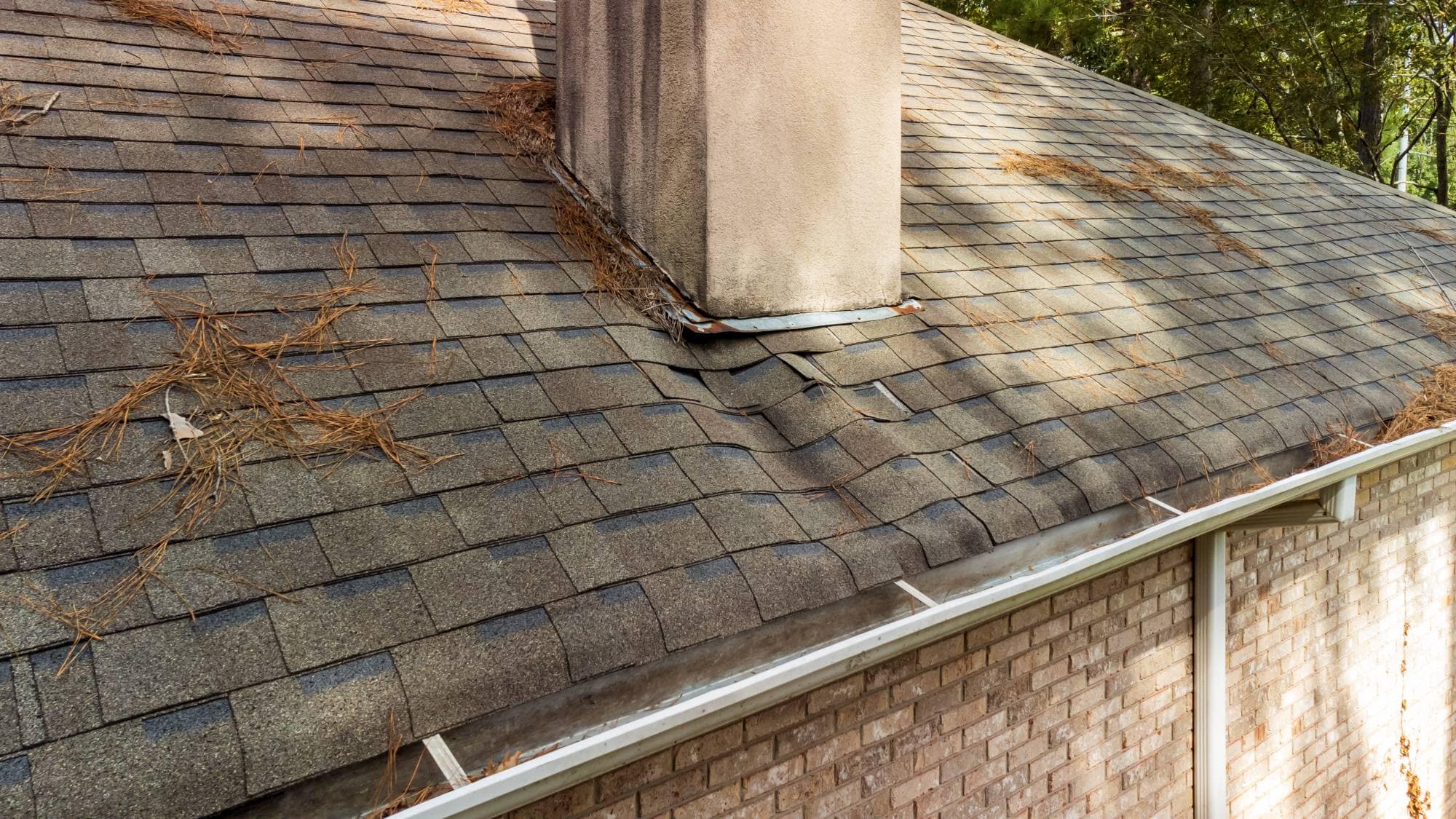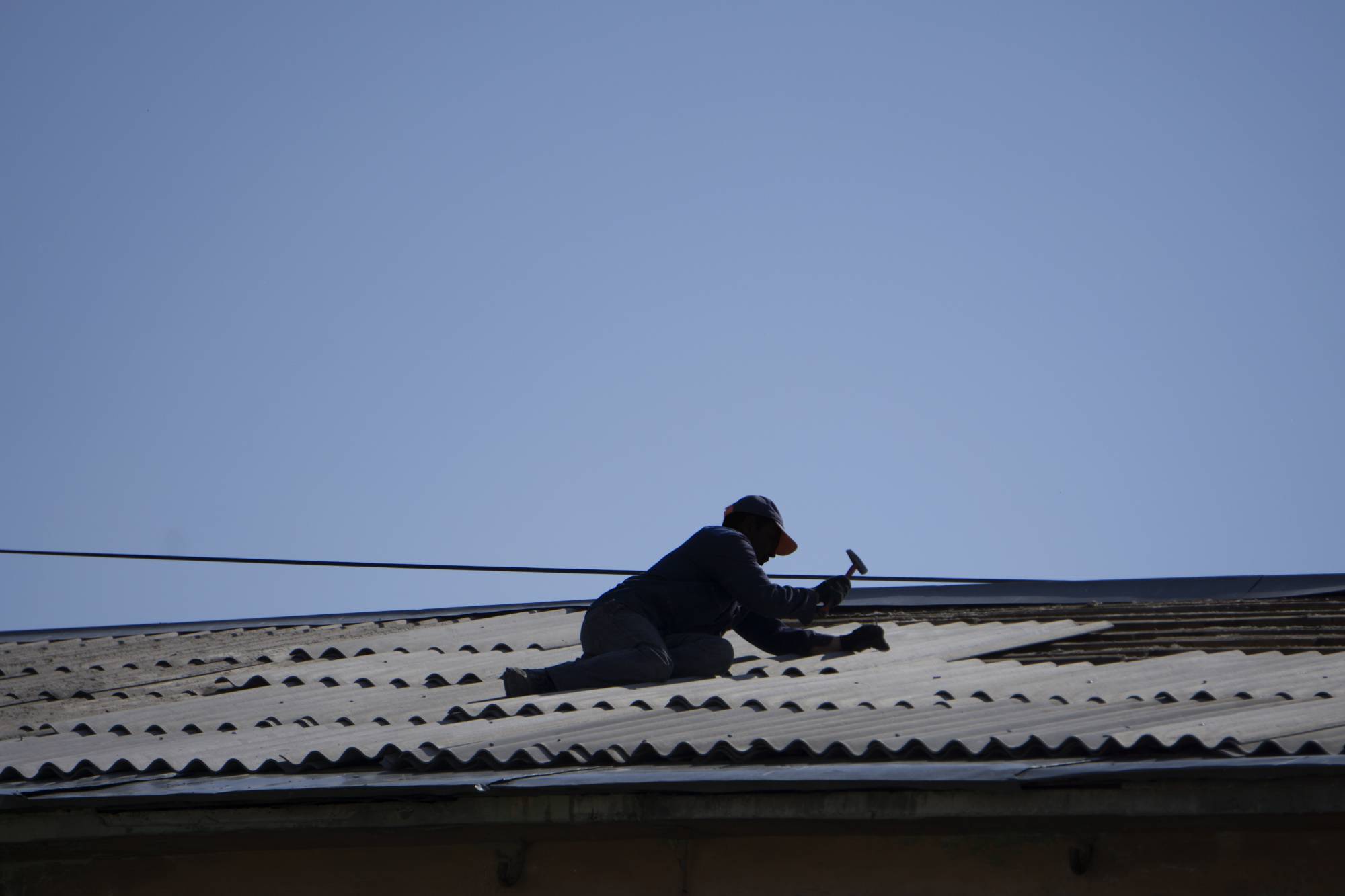Every day you wait, water continues damaging your chimney structure and potentially your home’s interior. In Rhode Island’s freeze-thaw climate, water that gets into cracks freezes and expands, making small problems bigger with each cycle. What starts as a minor flashing gap can become rotted wood framing, damaged drywall, or mold growth behind walls by spring. Plus, winter storms put extra stress on already-compromised areas, often turning manageable repairs into emergency situations. We can work in most weather conditions for leak repairs. It’s better to address the problem now than deal with significantly more expensive damage when the weather improves.




